OK, well – this is how I know Dagashi Kashi has really turned the corner for me this season. I now find myself wishing that the episodes were full-length like this first season, and if that isn’t progress I don’t know what is. After the first few eps my assumption was that we were going to get a full season of Hotaru-Kokonotsu dagashi riffs and not much else, sort of a knee-jerk overreaction to fan anger that S1 actually had a plot and told a story. But it seems we’ve found a happier medium, and a formula that pretty much works. 11 minutes really isn’t enough – this season is going to be too short. In terms of visuals and directorial style it’s still a shell of what the first one was, but at least in terms of narrative we’re back on the rails.
Now the fans are apparently bitching that Hotaru has been absent for a couple of weeks (few folks seem happier to bitch than Dagashi Kashi fans for some reason) but I’m fine with it, because these have been excellent episodes. I like Hotaru but her vamping isn’t the be-all and end-all of Dagashi Kashi to me, just a part of it. And besides, in the introduction of konbini manager Yutaka-san (played by the unmistakable and characteristically shameless Sugita Tomokazu) we have a willing and able replacement.
Not having read this far into the manga it isn’t a spoiler for me to note the obvious similarities between Yutaka and Hotaru (right down to the concentric pupils), only a guess. But there can be no question that Yutaka-san’s passion for convenience stores is a mirror for Hotaru’s about dagashi. If you’ve never spent much time in Japan it’s hard to communicate just how different konbini are to their Western counterparts, and just how integral to Japanese daily life. In big cities they’re on every corner; in small towns they’re the center of the universe. They sell seemingly everything, offer a last refuge when too tired to cook, they’re where most people pay their utility bills and buy concert or yakyuu tickets… They’re truly remarkable places.
“Kashigahama” may not (as far as I know) be a real place, but in terms of this week’s story it could be any of hundreds of dying Japanese small rural towns. The arrival of a modern konbini in such a place would be huge news; all the more so for teens like Coconuts and the Endou siblings. The scene where they “stealthily” scope out the place is both adorable and true-to-life – their slack-jawed amazement at something as simple as an automatic door included. For kids like this in a sleepy backwater little could be more exciting – snacks, fapping material, fatty meals, booze for when they turn 20… Perhaps most importantly, a place where they can hang out at all hours with their friends. It’s a siren’s song, to be sure.
By contrast, Shikada Dagashi-ya apparently can’t even stay open on school days right now – I mean, with You-san out and Coconuts in school, what does the shop even do during the day? Kokonotsu bravely (carelessly) offers Yutaka advice on the local customers (his fancy desserts – which Tokyo konbini do sell these days – may tempt Saya’s kawaii gene, but they’re too costly for most locals) – and in doing so, draws the man’s admiration. Yutaka-san tries to lure Coconuts in to work at the shop with the princely sum of 850 Yen (about $8) an hour, plus the incredibly alluring notion of discreetly buying ecchi mags with no one looking – but the boy resists, not so much I think out of loyalty to his family business but to Hotaru.
There actually is a serious issue underlying this comic revelry, one with a lot of pathos to is. Konbini have been putting old dagashi shops out of business across Japan for decades – starting with Tokyo neighborhoods and then spreading out to the rest of the country, drip by drip. It’s hard to say this is anything evil, given what a genuine convenience these convenience stores are for folks in the modern world – hell, I depended on them and even liked them. But it is undeniably sad, and Shikada Dagashi is a relic to be certain. I’m sure Dagashi Kashi being the series it is will attack this with a lot of humor, but I suspect there will also be an acknowledgement of what’s been lost as Japanese society has changed in recent decades.


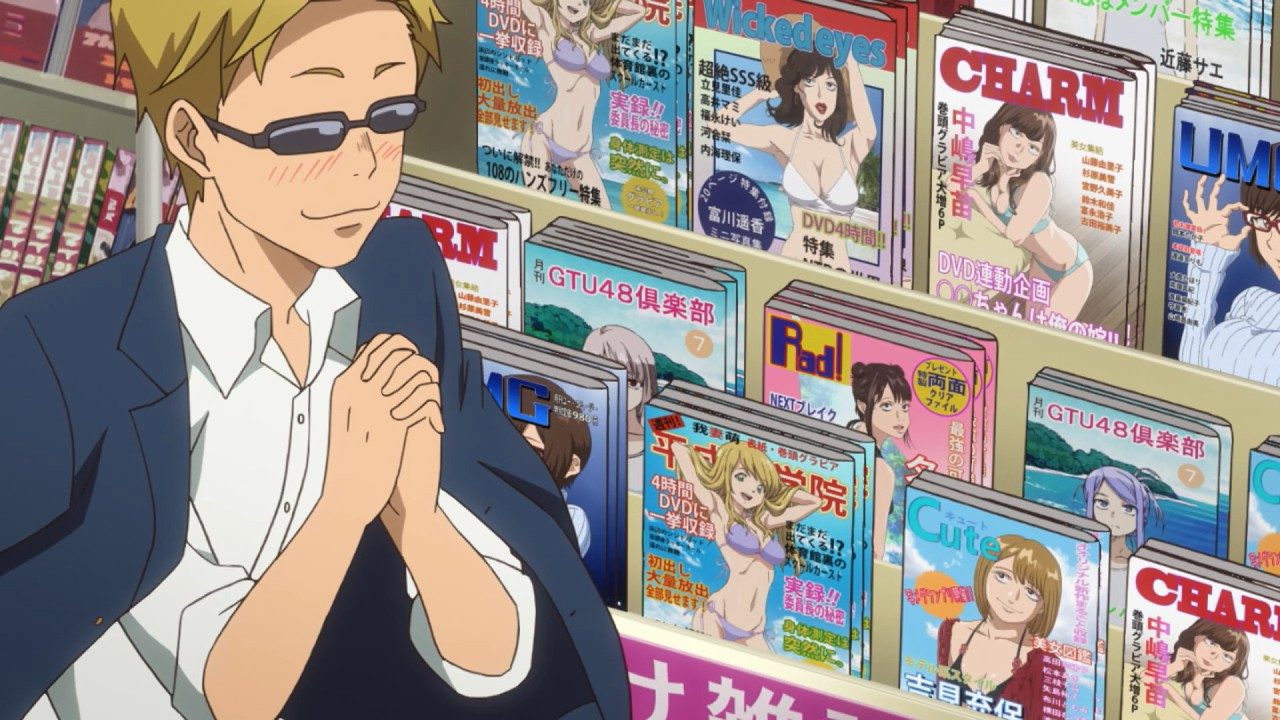

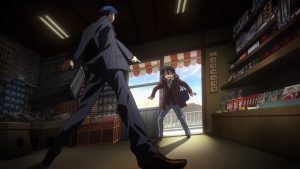


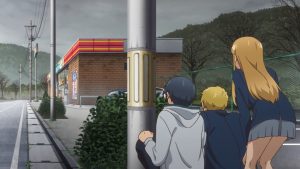



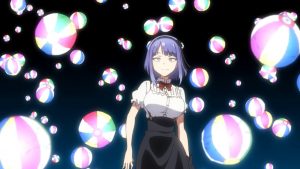
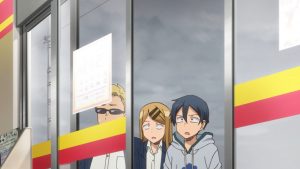

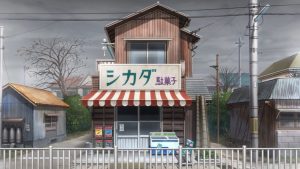


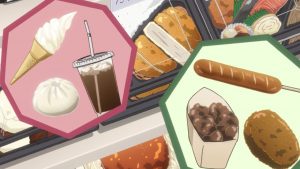
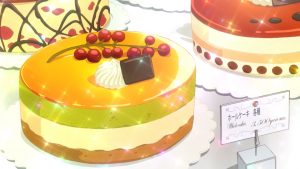
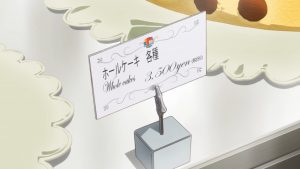
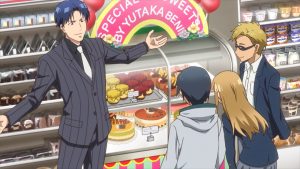



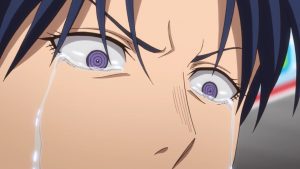
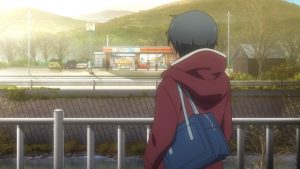

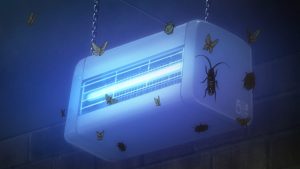




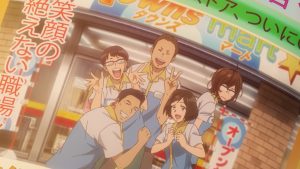


The wild guesser
February 18, 2018 at 5:14 amThere’s something that I don’t quite understand about Japan. Perhaps it’s due to my lack of in-depth research on the subject, but it has to do with the erosion of Japanese rural life.
While I understand the allure that draws young people to leave the countryside to try their hand in the cities, I’d always figure those farms remaining behind could make up for it by both being heavily mechanized or using the labor of those the city just couldn’t hire. But I’ve been told that many Japanese farms are not heavily mechanized and are rather small.
Is this true or a misconception, and if true how can the city handle so many people and avoid overpopulation and how can the countryside meet the city’s food demand?
Guardian Enzo
February 18, 2018 at 8:31 amApart from Hokkaido, agriculture isn’t a major industry in most of Japan. Certainly not enough to sustain an economy when most industrial and research-type jobs move to Tokyo. A place like the one depicted in Dagashi Kashi likely wouldn’t have much in terms of agriculture – what it would have had is enough farming to be self-sustaining (maybe), some tourism, and a few small and medium-sized manufacturing or similar companies that employed some locals. As those companies closed or moved and young people left, that delicate structure would start to collapse.
The other part of it, of course, is that Tokyo is overpopulated, and most of its food supply comes from the sea, from imports, and from huge commercial farming operations in Hokkaido. There is an organic and family farm movement in Japan (the kind of stuff where you see the farmer’s face on the sign for the radishes at the soopa) but it’s mostly a boutique thing at the moment.
sonicsenryaku
February 21, 2018 at 7:38 pmYou know, I remember saying that I could sort of get behind some fans complaints of having a series like Dagashi Kashi being full-length, thinking that maybe it would have benefited from being a short. But after going back through season 1 and realizing how the manga transitioned over time into pushing overarching plot lines and emphasizing character motivations, it made me realize how much of a misstep it was to make season 2 half-length. Unfortunately, I think that decision came down to more corporate interference rather than the staff believing that truncating the length was a necessary move to improve the show’s quality and pacing.
Earthlingzing
February 24, 2018 at 2:48 amYou know a show is pretty good if you manage to get a full length blog post out of an 11 minute episode…
Michael – nubguy
March 7, 2018 at 10:28 pmReally great recap and review! Your insights were really awesome! Thanks for the fun info! I am glad to see fellow fans on here, and I can’t wait to read your next post!
I write a Dagashi Kashi Snack Buying Guide where I break down the episodes and show where you can buy the dagashi snacks shown in each episode. It is hosted on the Funimation forums, with new entries every week! Feel free to check it out and enjoy some of the snacks for yourself!
https://www.funimation.com/forum/topic/14069/dagashi-kashi-season-2-snack-buying-guide